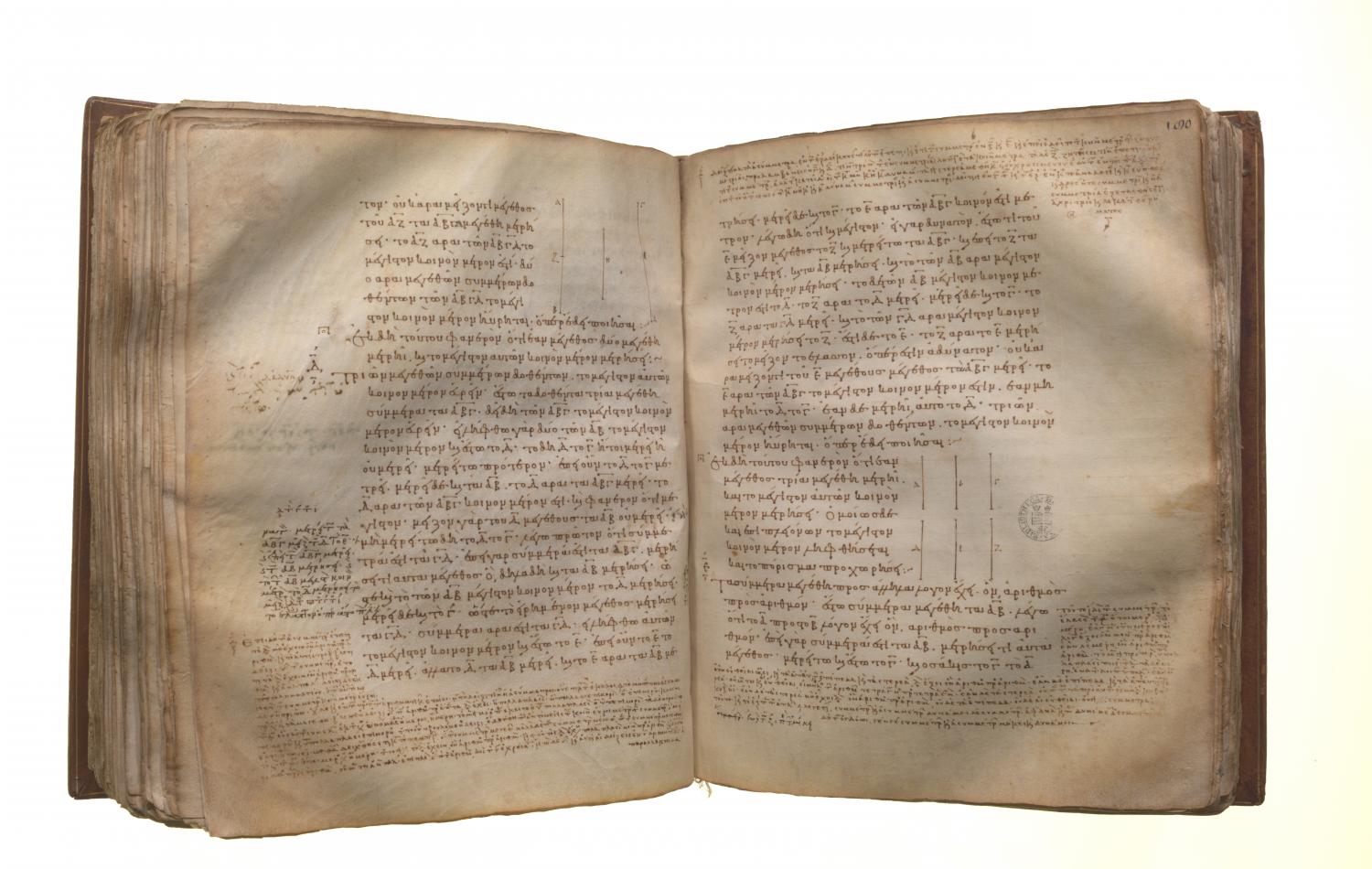Classification of incommensurables: Book 10 Proposition 5
Translations
Commensurable magnitudes have to one another the ratio which a number has to a number. Let A, B be commensurable magnitudes; I say that A has to B the ratio which a number has to a number. For, since A, B are commensurable, some magnitude will measure them. Let it measure them, and let it be C. And, as many times as C measures A, so many units let there be in D; and, as many times as C measures B, so many units let there be in E. Since then C measures A according to the units in D, while the unit also measures D according to the units in it, therefore the unit measures the number D the same number of times as the magnitude C measures A; therefore, as C is to A, so is the unit to D; [VII. Def. 20] therefore, inversely, as A is to C, so is D to the unit. [cf. V. 7, Por.] Again, since C measures B according to the units in E, while the unit also measures E according to the units in it, therefore the unit measures E the same number of times as C measures B; therefore, as C is to B, so is the unit to E. But it was also proved that, as A is to C, so is D to the unit; therefore, ex aequali, as A is to B, so is the number D to E. [V. 22] Therefore the commensurable magnitudes A, B have to one another the ratio which the number D has to the number E.

